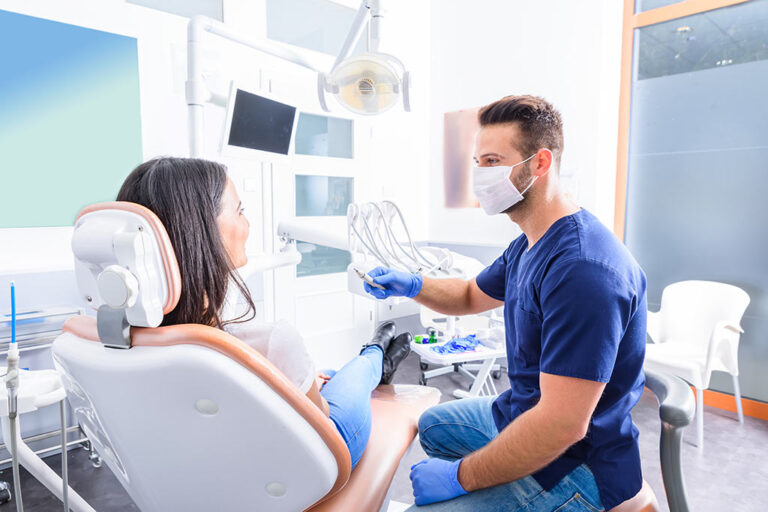Understanding Melasma: Causes, Treatments, and Prevention Tips
Melasma is a very common condition causing dark brown patches of discoloration on skin areas, frequently on the face. Even though the condition isn’t dangerous, it certainly has strong effects on someone’s appearance as well as one’s psychological self-image. Let’s follow through the article on possible causes, available treatments for melasma, and ways to effectively prevent the problem in the near future.
What is Melasma?
Melasma is a condition which causes brown or gray patches on the skin. It commonly occurs on the face, especially on the cheeks, forehead, nose, and chin. In other instances, it may be seen on other parts of the body that are overly exposed to sunlight like the neck and forearms.
The discoloration arises from an overproduction of melanin, which is the pigment responsible for giving color to the skin. When these melanin are hyperactive, it leads to uneven pigmentation, which is often called melasma.
What causes Melasma?
Melasma is not caused by one factor but is usually a result of several internal and external causes. The most common ones include the following:
● Sun Exposure
The sun’s ultraviolet (UV) rays provoke melanocytes to produce increased amounts of melanin. That is why melasma occurs mostly in those areas of skin exposed most frequently to the sunlight. Even incidental sun exposure, driving, or walking outdoors can cause this skin condition.
● Hormonal Changes
Hormonal changes may also cause melasma, most notably during pregnancy, with birth control use, or during hormone replacement therapy. For this reason, melasma is often called the “mask of pregnancy.”
● Genetics
Family history is an essential factor in the development of melasma. If your mother or closest family members have melasma, then you would be more likely to suffer from it.
● Skin Type
Individuals with darker skin are at a greater risk of developing melasma. Their skin has more melanin, making them more sensitive to pigmentation problems
● Medications and Cosmetics
Some medications include oral contraceptives, hormone therapy, and certain drugs that enhance photosensitivity. Some cosmetics and skin care products that irritate the skin may also be causes of melasma.
Treatment Options for Melasma
While melasma is a condition that doesn’t disappear immediately, there are a number of treatments available that can soften its appearance. Treatment should always be directed to the patient’s skin, the severity of melasma in the patient, and the inherent causes. The following are treatment options for melasma in Dubai.
1. Topical Treatments
● Hydroquinone: This agent is a skin-lightening product that works by inhibiting melanin production. It is most of the time considered a first-line treatment for melasma. Hydroquinone exists both in prescription and over-the-counter formulations.
● Tretinoin: Tretinoin is vitamin A, which assists skin cell turnover and fades away dark spots. It’s one of the most widely used agents in combination with hydroquinone for even greater results.
● Azelaic Acid: This is one of the naturally occurring acids, which is known to skin lighten and has anti-inflammatory features. It is a helpful treatment for melasma.
● Vitamin C: Vitamin C is known for its ability to act as an antioxidant; it brightens the skin and reduces hyperpigmentation, making it common in topical forms, such as serums.
● Kojic Acid: One of the naturally derived acids, kojic acid is often used as a skin-lightening agent that can be effective in the treatment of melasma.
2. Chemical Peels
Chemical peels apply a solution that exfoliates the outer layers of the skin and helps fade pigmentation. Superficial and medium-depth peels may be suggested by a dermatologist according to the severity of melasma.
3. Laser Treatments
Lasers, for example, fractional laser and intense pulsed light, can break up deposits within the deeper layers of melanin; however, some laser therapies must be performed with care because wrong methods can exacerbate melasma in some people.
4. Microneedling
Microneedling creates minute cuts in the skin through small needles, stimulating the production of new collagen and, thereby improving its texture. Depigmentation agents combined with microneedling will also lead to a reduction of melasma.
Prevention Tips for Melasma
Although it is impossible to avoid getting melasma completely, some preventive measures can reduce the chances of getting it or even stop its recurrence once it has occurred.
1. Sun Protection is Key
Sun exposure is the most common trigger of melasma, and it is, therefore, necessary to apply sunscreen daily. Apply a broad-spectrum sunscreen with an SPF of at least 30, spread liberally over exposed skin, and reapply every two hours or after swimming or sweating.
Other than sunscreen, other preventive measures include wearing wide-brimmed hats, and sunglasses, and staying in the shade as much as possible to protect the skin from UV rays.
2. Avoid Hormonal Triggers
If you have a suspicion that melasma can be associated with hormonal shifts (for example, pregnancy or birth control), then consult your dermatologist. In some cases, changing the type of hormonal contraception or managing the natural changes of pregnancy can somewhat reduce the risk of the occurrence of melasma.
3. Gentle Skin Care Products
Harsh skin care products may exacerbate the condition of the skin and trigger melasma flares. Use mild, non-comedogenic, and non-irritant products that do not harm the skin. Use soothing ingredients such as aloe vera, ceramides, and hyaluronic acid to control and avoid melasma.
4. Healthy Lifestyle
There is a good chance that staying hydrated, managing stress levels, and maintaining a well-balanced diet will positively impact your skin. Such factors may not prevent melasma, but they can contribute to more resilient skin that is better prepared to withstand environmental damage.
5. Professional Help
If you tend to develop melasma or find new patches of discoloration, you should consult a dermatologist. A dermatologist will give you a proper treatment plan, follow up on your progress, and change your routine accordingly.
Conclusion
Melasma is a very common skin condition that can affect anybody. but with the right knowledge and proper care, you can reverse it. understanding the causes and knowing about all the melasma treatment in Dubai can help you to make an informed decision. there are some preventive measures that one should also incorporate in life if their skin is highly prone to the sun and environmental damage as these measures will help you in the skin and will keep you bright, youthful, and rejuvenated.






